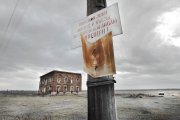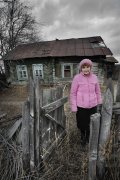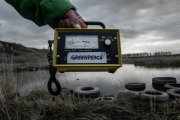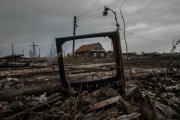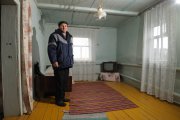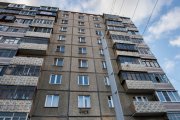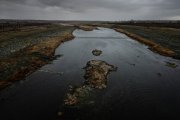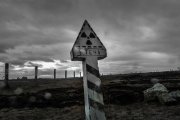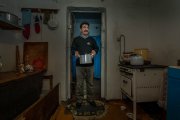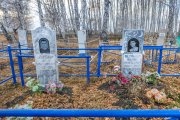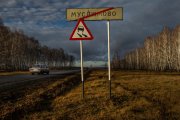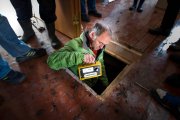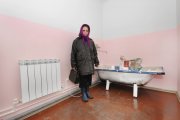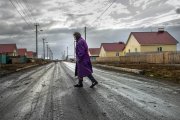Majak - Living in the Death Zone
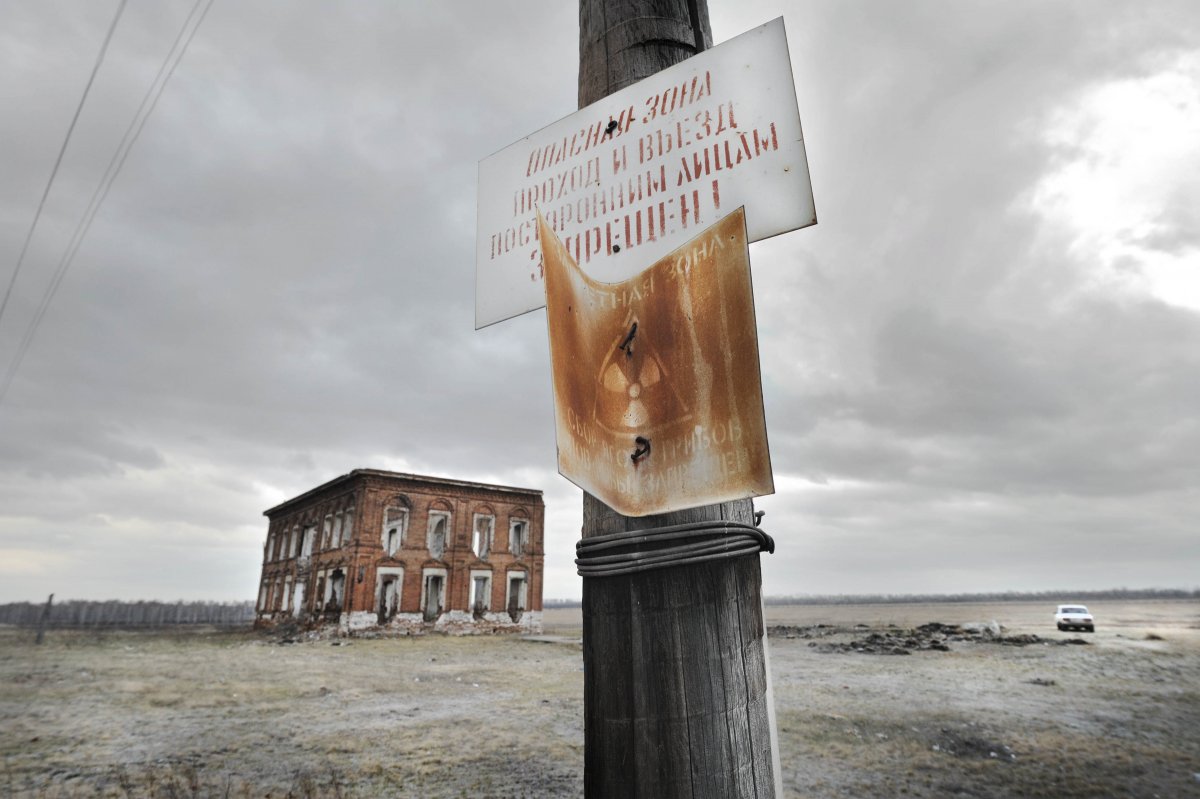
Russia, Musljumovo
17.11.2010
Signs warn of radioactive radiation on the banks of the river Techa. Collecting mushrooms, berries and fishing is prohibited. The highly radioactive waste water from the reprocessing of nuclear fuel rods from European nuclear power plants in Mayak continues to flow into the waters of the region.
More about this projectBack to overview
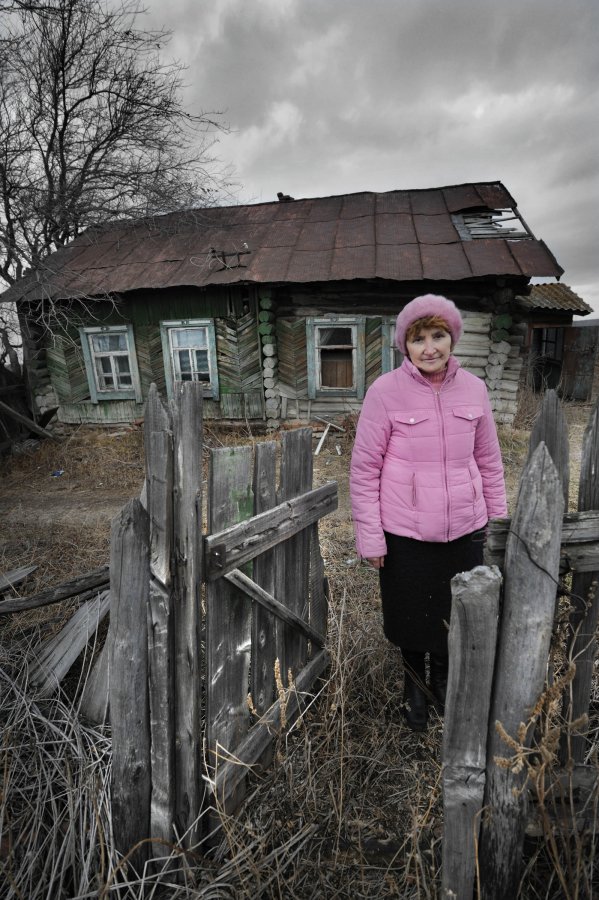
Russia, Musljumovo
17.11.2010
Alfira Mengazova in front of her old house in Musljumowo.
More about this projectBack to overview
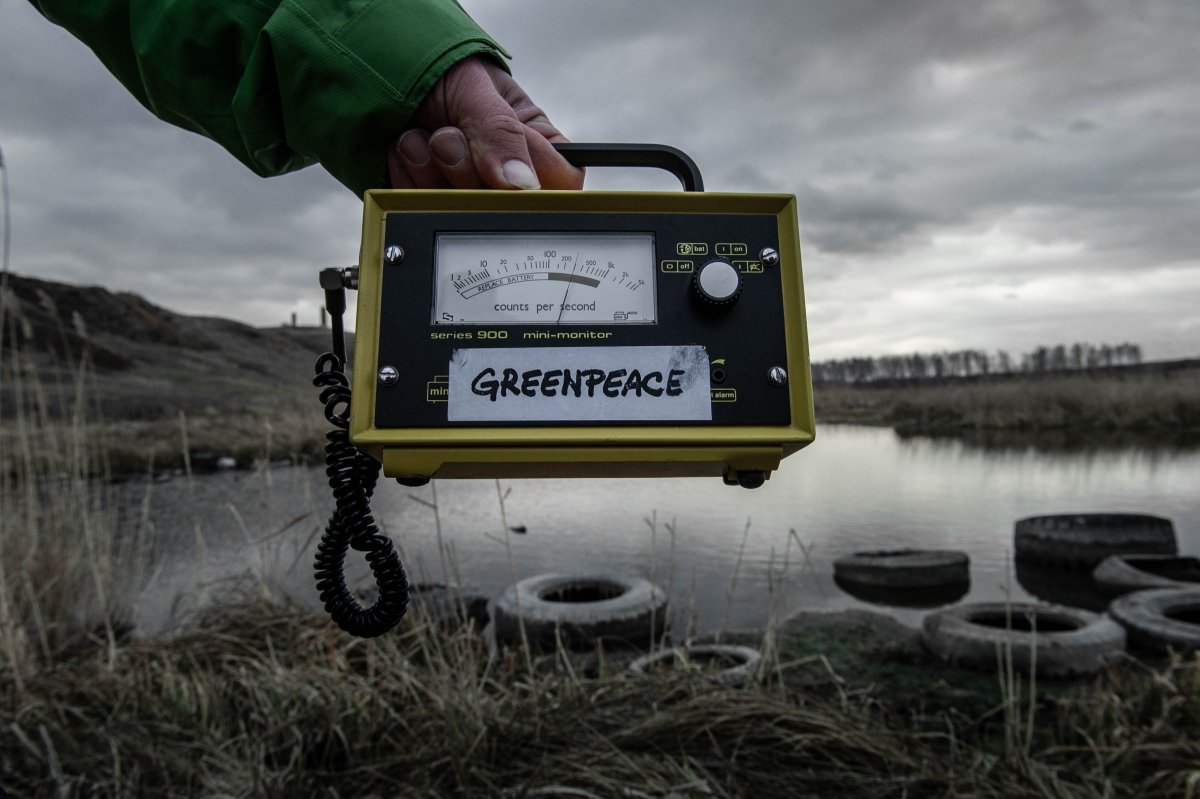
Russia, Musljumovo
17.11.2010
Heinz Smital, nuclear physicist at Greenpeace Germany, measures radiation on the banks of the Techa.
The radiation is very high. A stay of more than 15 minutes is dangerous to health.
Back to overview
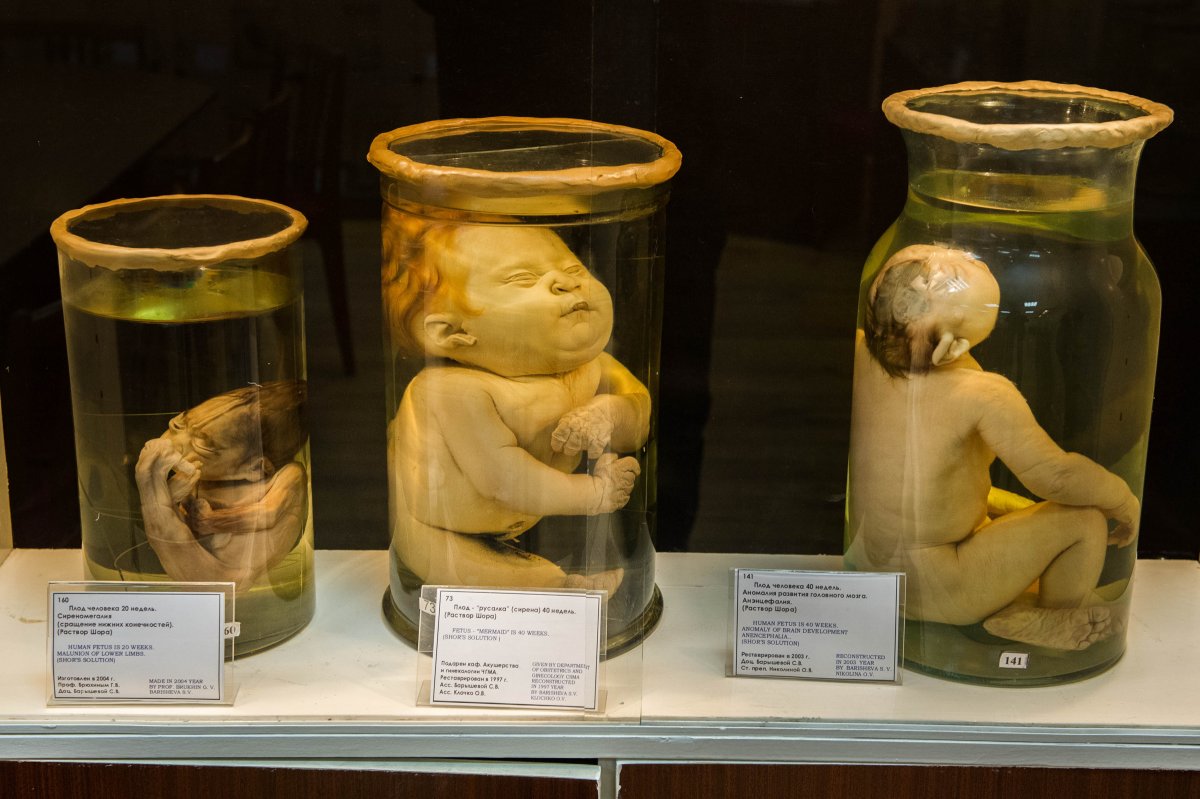
Russia, Chelyabinsk
18.11.2010
Deformed fetuses in the medical museum of the megacity Chelyabinsk: Is the radiation partly responsible?
More about this projectBack to overview
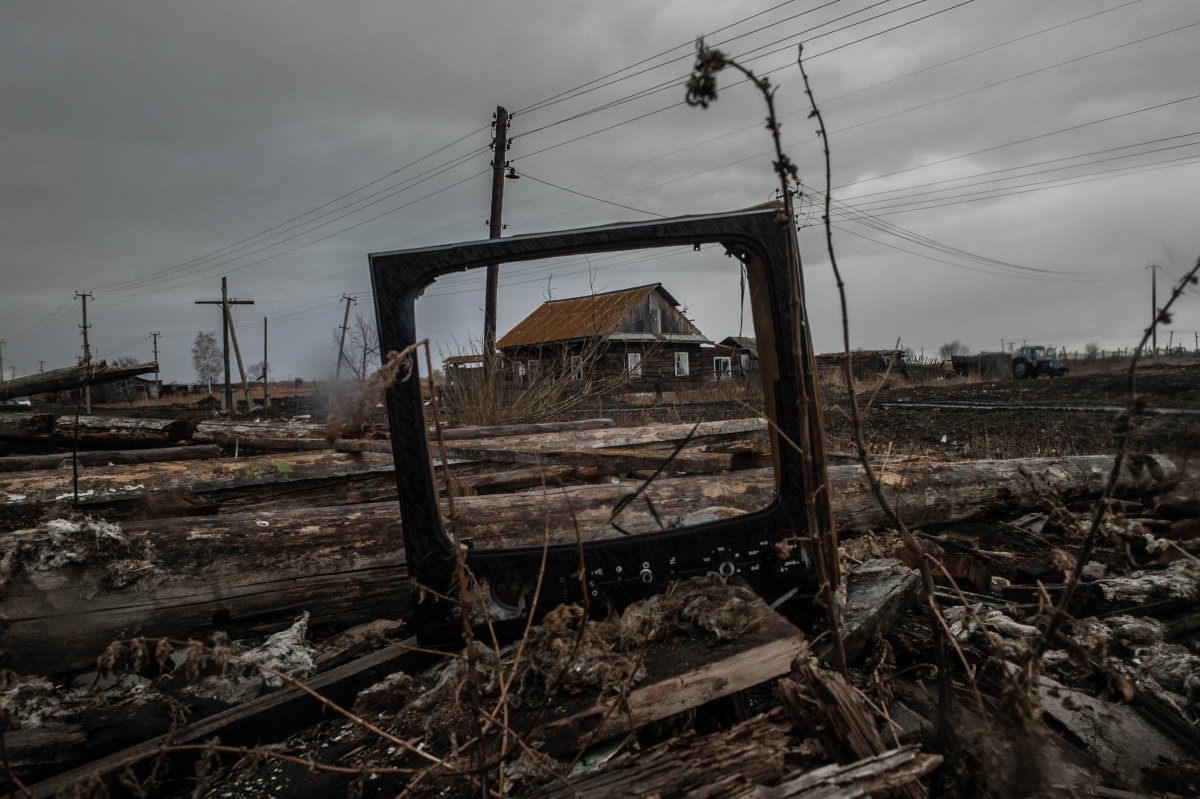
Russia, Musljumovo
17.11.2010
The end of the old Musljumovo: 60 years after the catastrophe the government forced the village to leave.
More about this projectBack to overview
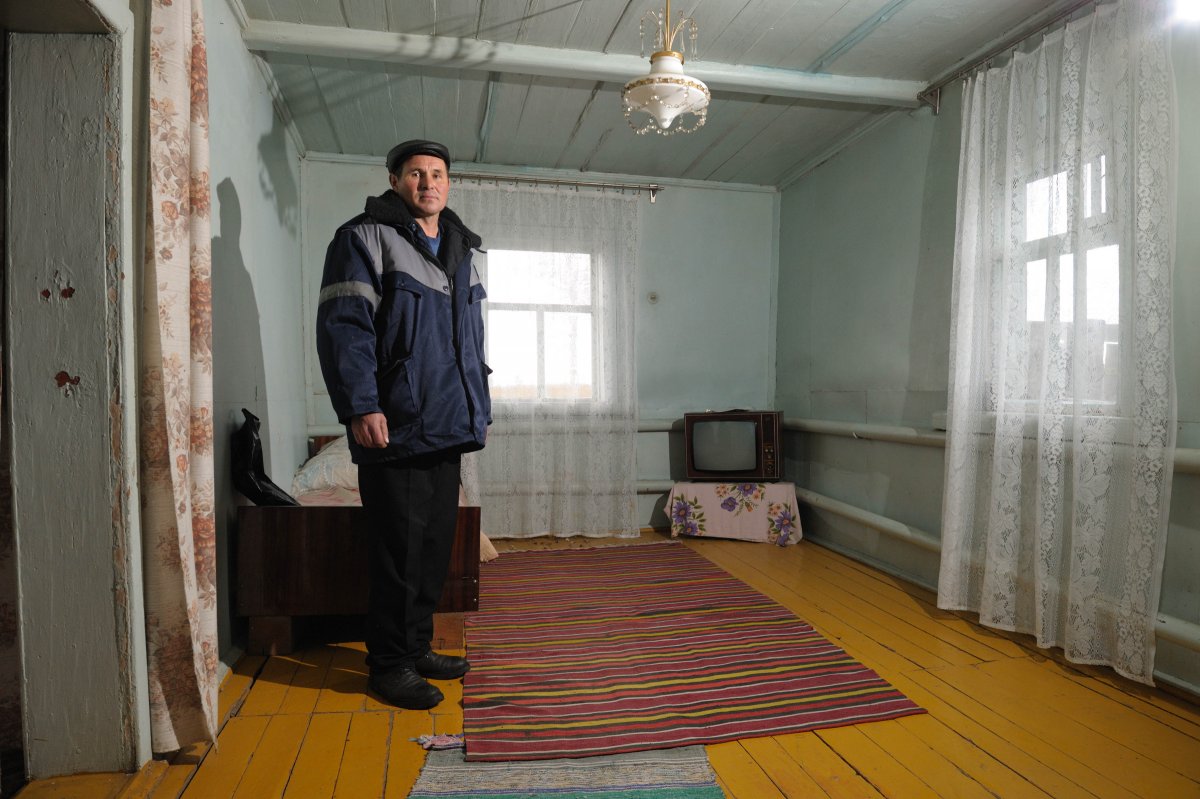
Russia, Musljumovo
17.11.2010
Valiulla Abdullin in the living room of his old house in Muslyumovo. He does not want to leave his house.
More about this projectBack to overview
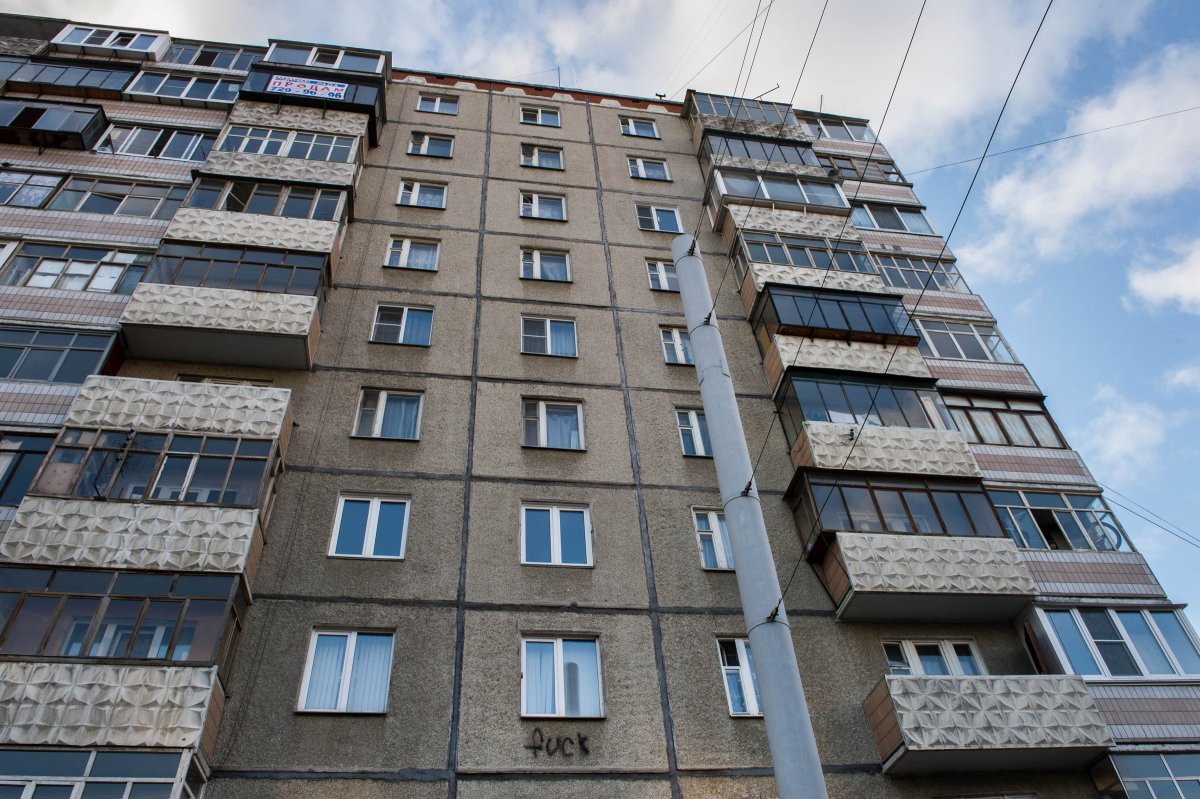
Russia, Chelyabinsk
18.11.2010
Most inhabitants of Muslyumovo cannot afford an apartment in the city of Chelyabinsk. According to Greenpeace, the megacity, 60 km south of Mayak, is also polluted with plutonium.
More about this projectBack to overview
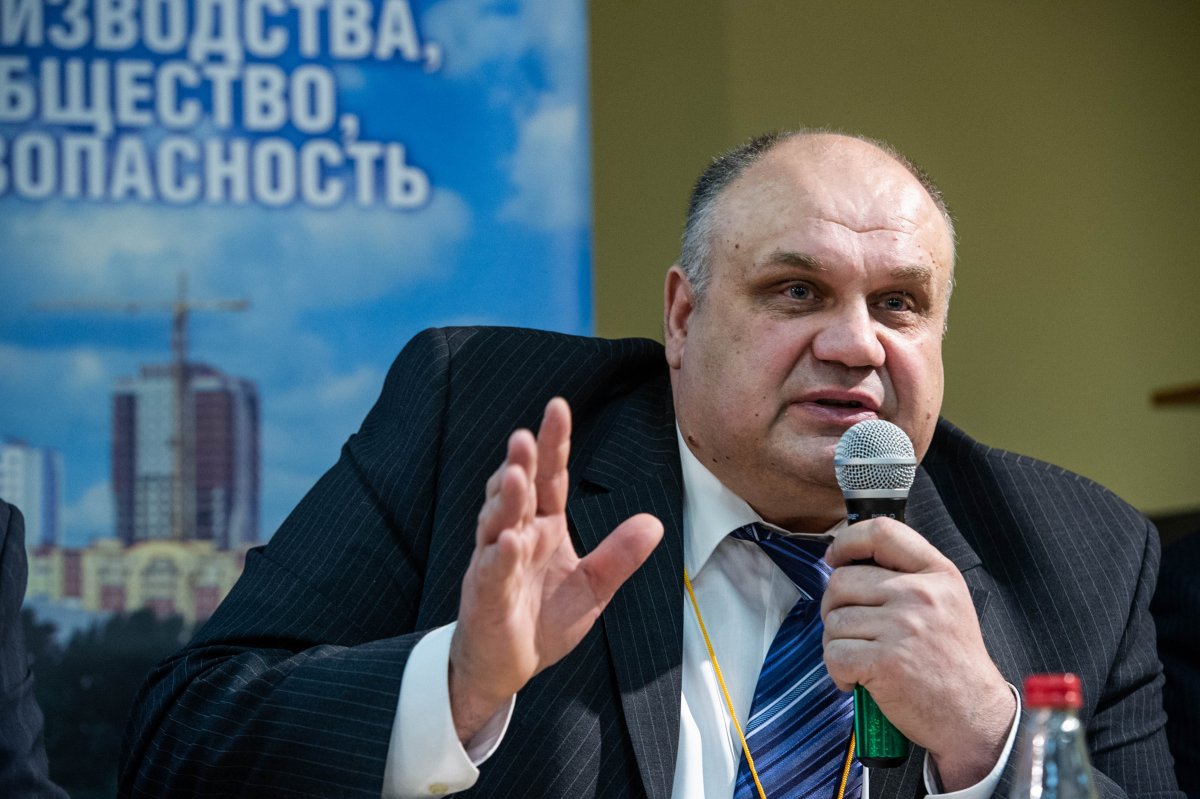
Russia, Chelyabinsk
18.11.2010
Sergei Baranov, CEO production organization Mayak: "I would even go swimming in the Tetscha - maybe in summer."
More about this projectBack to overview
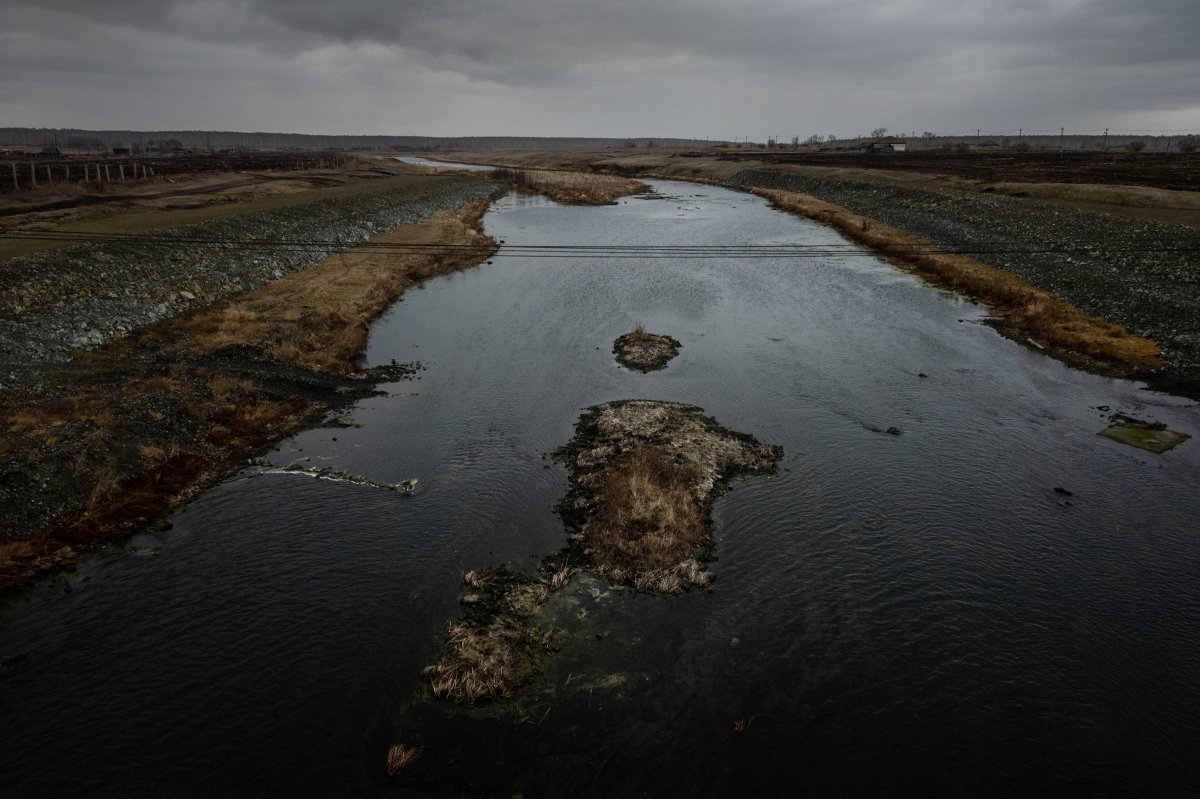
Russia, Musljumovo
17.11.2010
Nuclear cloaca: The radioactive waste in the Tetscha will contaminate the river for decades to come. To protect the population, the embankment will be covered with gravel and thorny bushes will be planted to prevent farm animals from drinking along the river.
More about this projectBack to overview
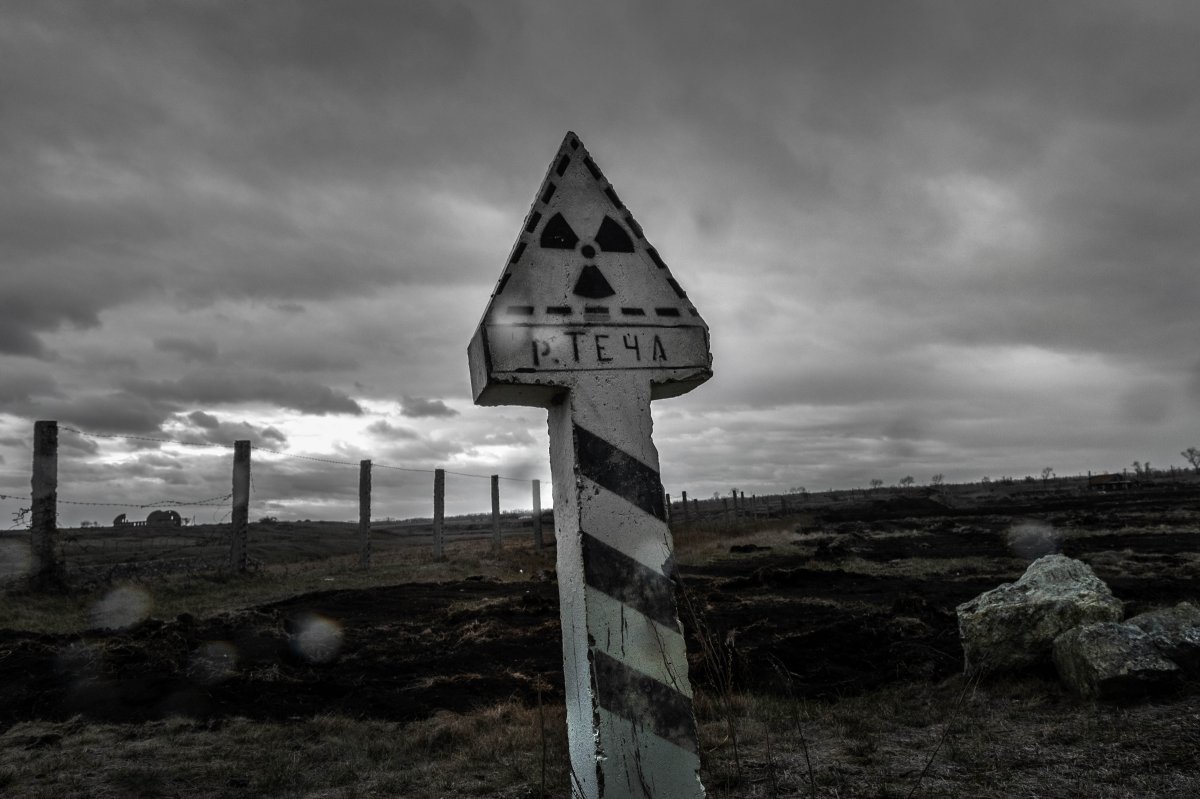
Russia, Musljumovo
17.11.2010
Warning sign of radioactive radiation on the banks of the Techa.
More about this projectBack to overview
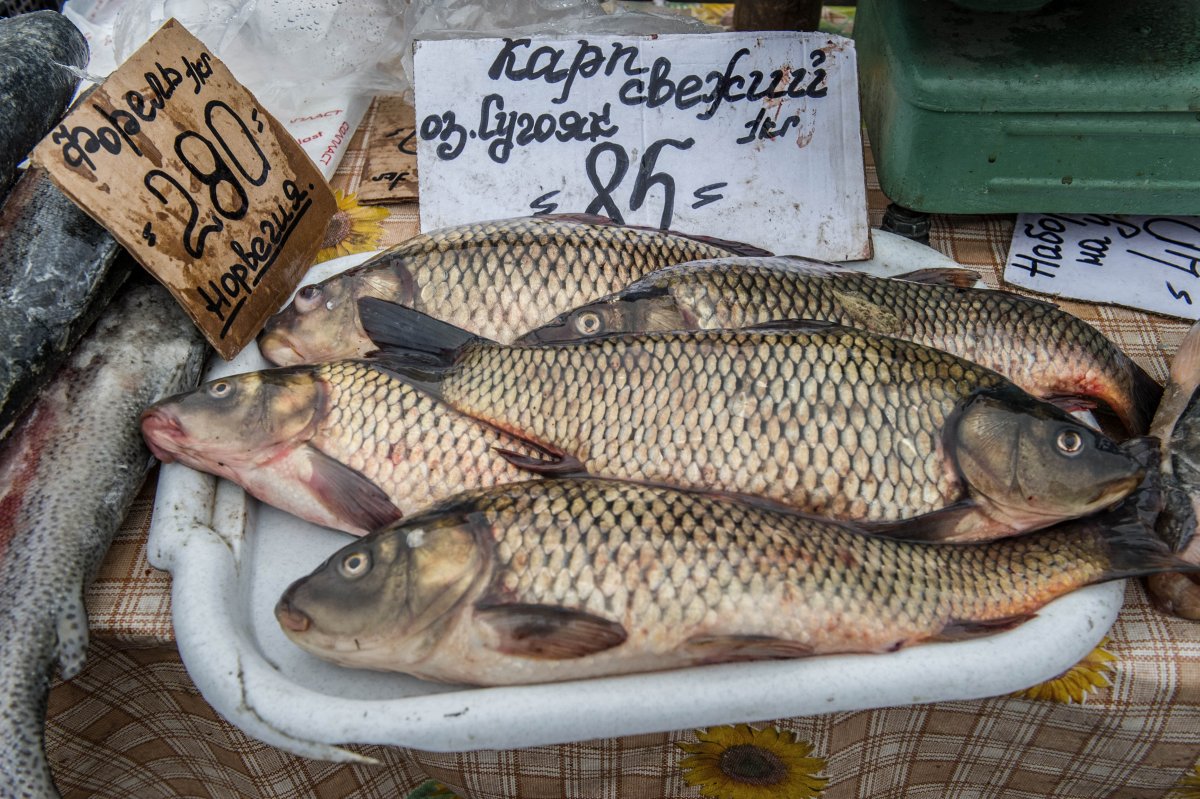
Russia, Chelyabinsk
16.11.2010
On the market in Chelyabinsk fish are offered which were caught in heavily contaminated waters around the nuclear plant Mayak.
More about this projectBack to overview
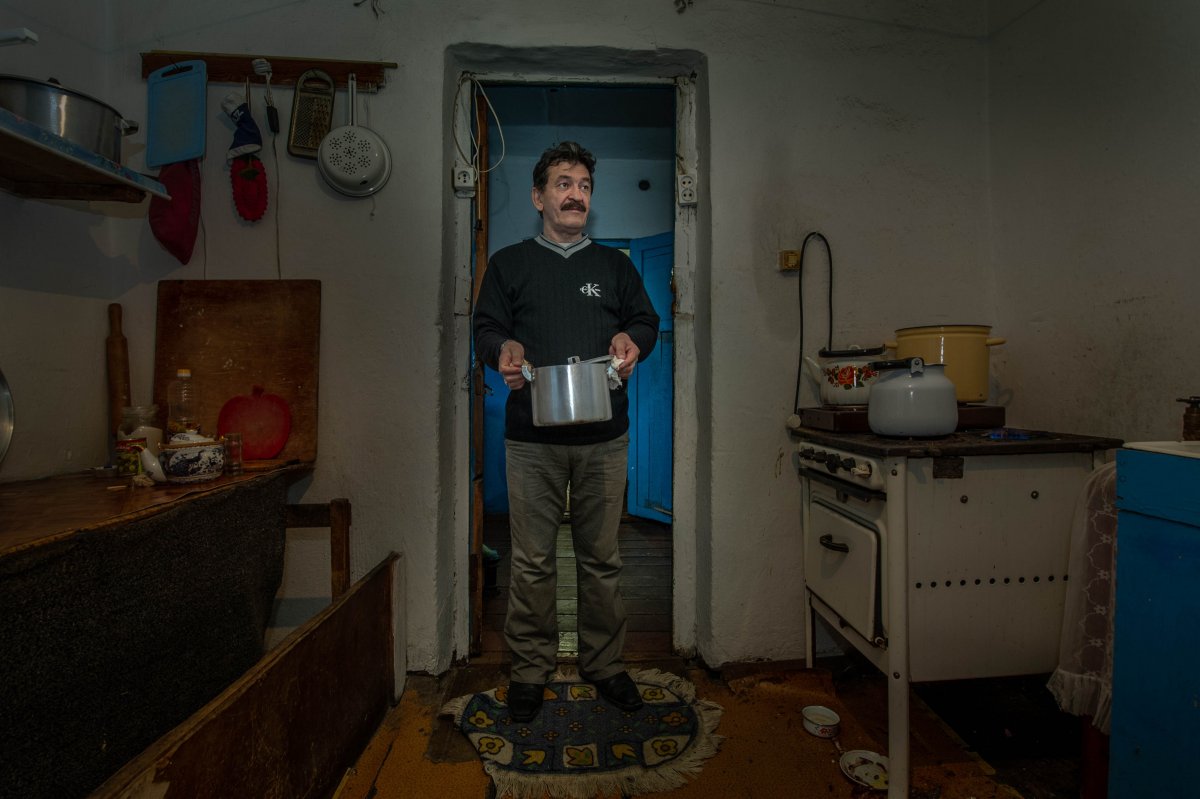
Russia, Tscheljabinsk
17.11.2010
Gilani Dambajew, in the kitchen of his house in Musljumovo. He does not want to leave this place, although he feeds mainly on milk and vegetables from the garden.
More about this projectBack to overview
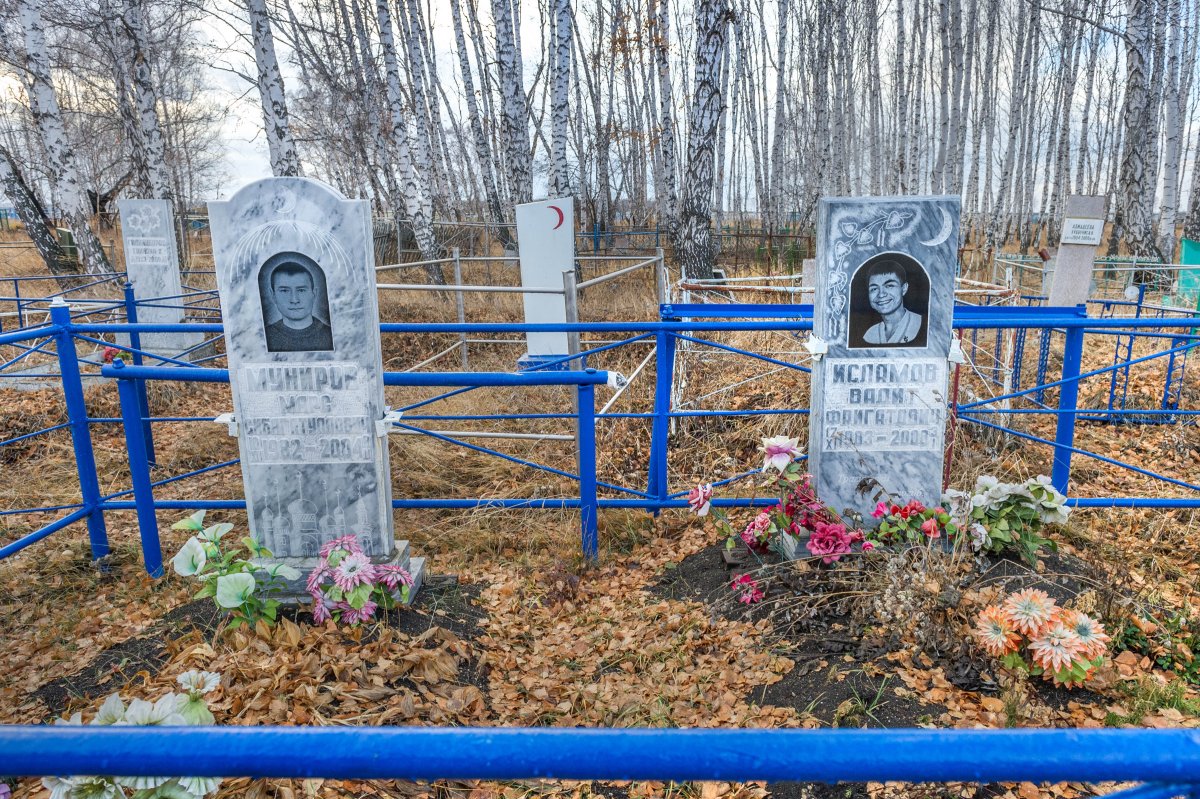
Russia, Musljumovo
17.11.2010
Die durchschnittliche Lebenserwartung ist durch die zahlreichen Nuklearunfälle in der Region auf 40 Jahre gesunken. Fehlgeburten und Missbildungen bei Kindern sind nicht selten. Einer der fünf Friedhöfe von Musljumovo.
More about this projectBack to overview
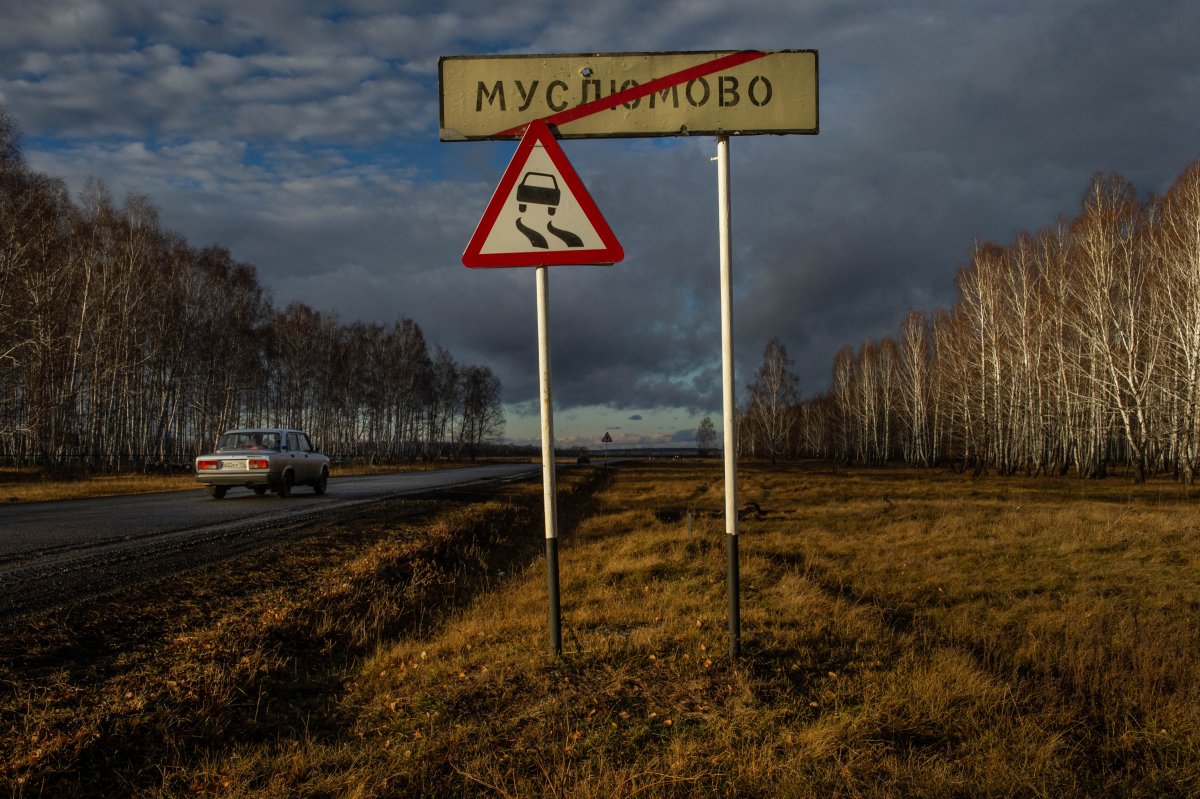
Russia, Novomusljumovo
17.11.2010
The new settlement Novomusljumowo is only two kilometres away. The river Techa is also polluted there.
More about this projectBack to overview
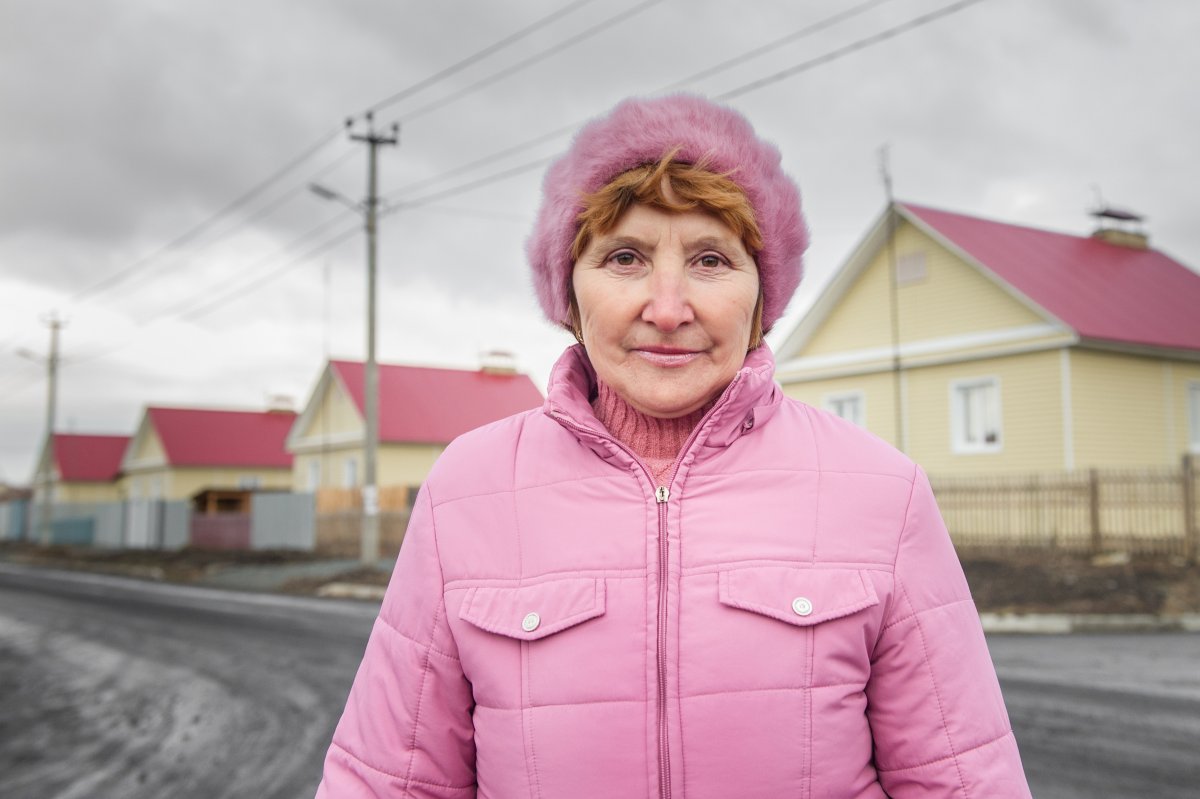
Russia, Novomusljumovo
17.11.2010
Alfira Mengazova in Novomusljumovo. Despite new houses everything stays the same.
More about this projectBack to overview
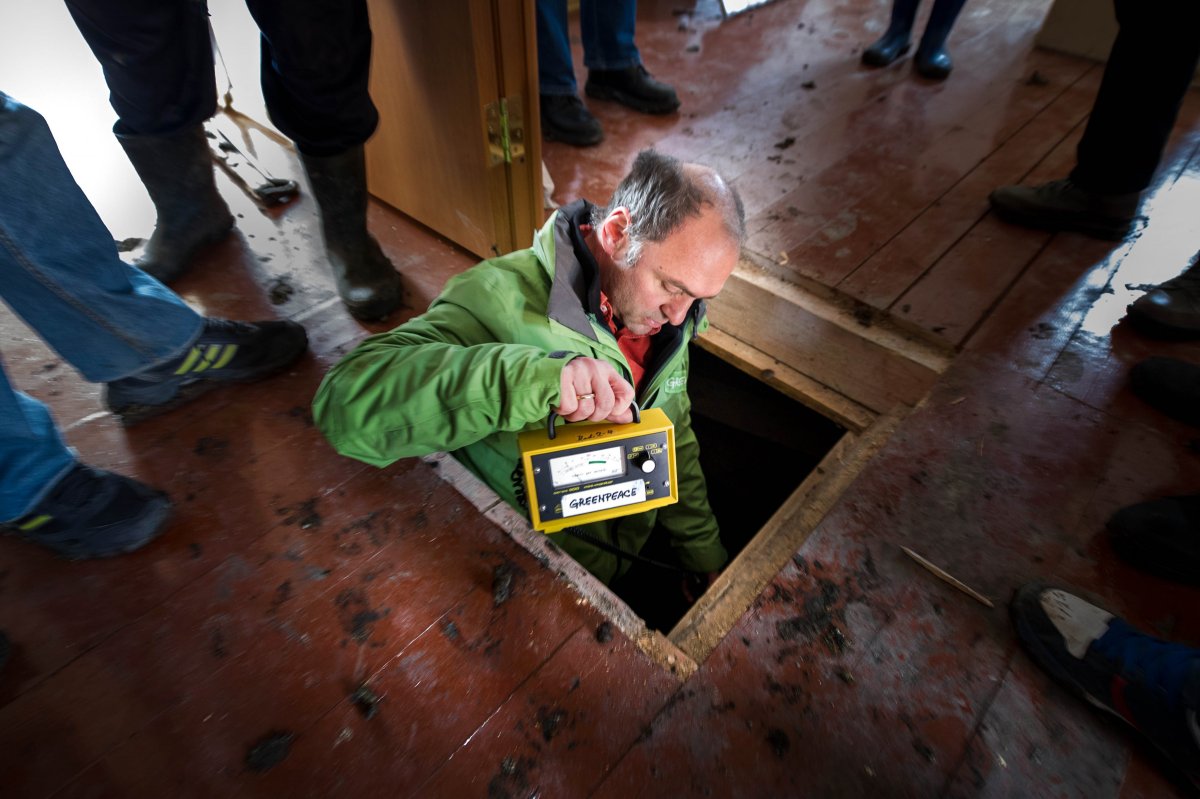
Russia, Novomusljumovo
17.11.2010
Heinz Smital, nuclear physicist at Greenpeace Germany, measures the radiation in the new houses in Novomusljumovo.
More about this projectBack to overview
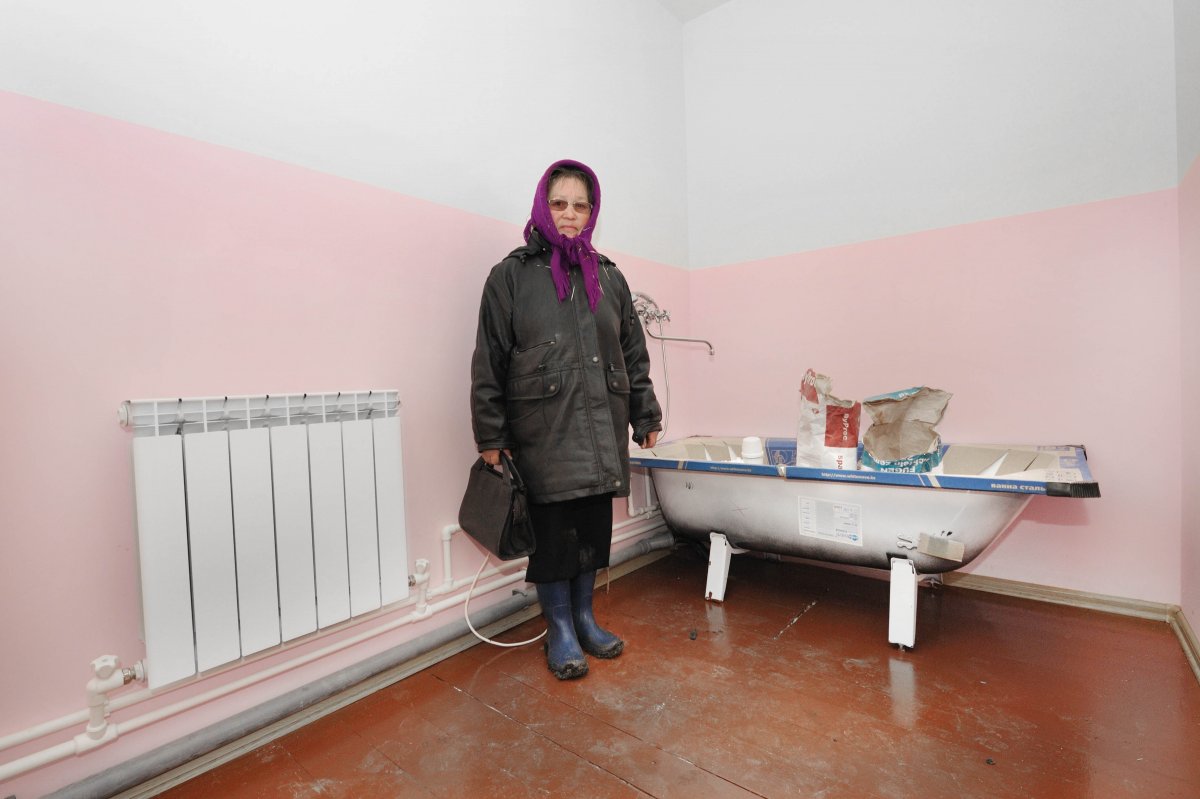
Russia, Novomusljumovo
17.11.2010
The house is not finished: Venera Gaynetdinova is supposed to move in here at the beginning of winter. She is officially considered to be "affected" by the contamination from the Mayak nuclear power plant. It receives 78 rubles a month - just under three francs - as "compensation", as the authorities officially call it. The state pays 200 rubles to the drugs for her heart problems. Every three months she has to be examined in Chelyabinsk. Her body's exposure to radiation is also measured: "I never get the results," she says.
More about this projectBack to overview
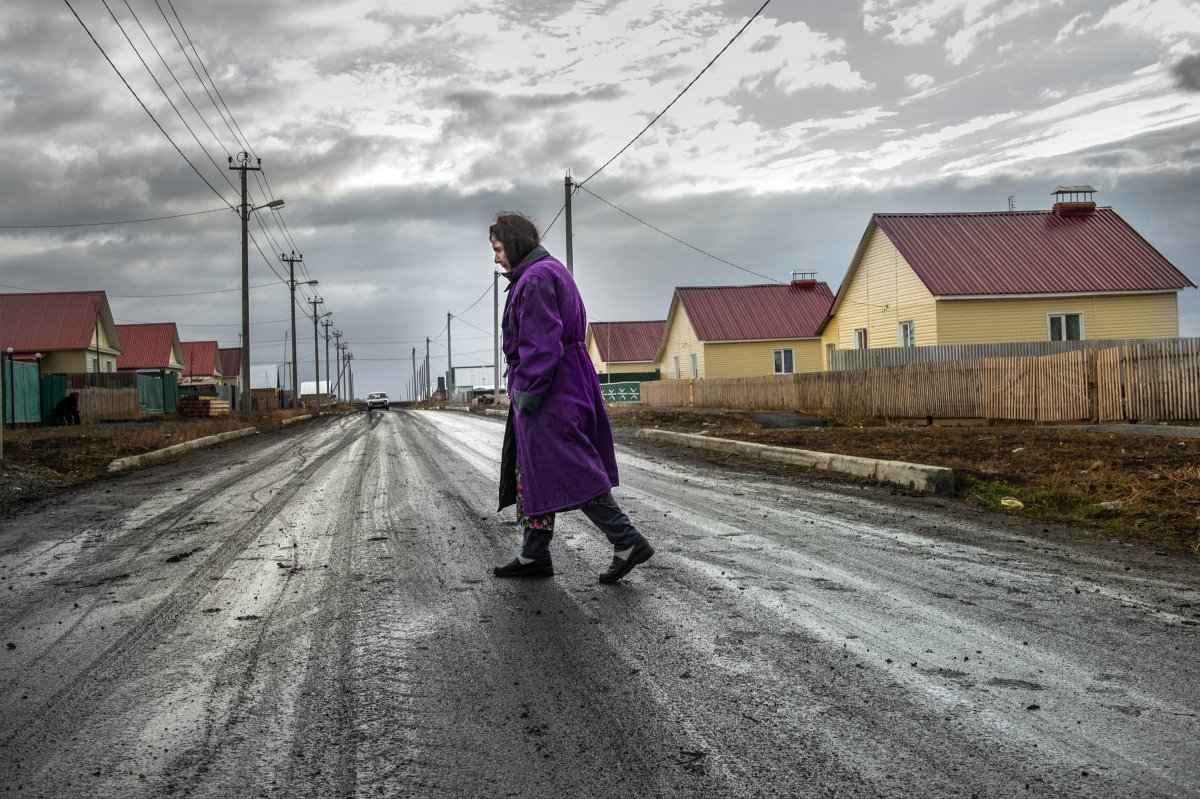
Russia, Novomusljumovo
17.11.2010
Newly built tristesse near the nuclear factory: the settlement Novomusljumovo.
More about this projectBack to overview
Majak - Living in the Death Zone
A journey with Greenpeace to the surroundings of the Mayak uranium reprocessing plant in the southern Siberian Urals. The area is massively contaminated: after commissioning in 1948 the high-level radioactive waste was first discharged into the Tetscha River, in 1957 the explosion of a tank caused the largest radioactive contamination in the world to date, further accidents followed and Greenpeace suspects that the ongoing operation constantly contaminates the environment (which will be confirmed in 2012).
The villages along the river were evacuated in the 1950s, except for one: Muslyumovo. A test object? The Tatar inhabitants had to be regularly examined in the Chelyabinsk hospital. In the medical museum of the Chelyabinsk University hundreds of preparations with malformed children and embryos are exhibited. The inhabitants still live on self-sufficiency from the contaminated environment. In 2010, they will also be forced to resettle, just 2 km away in the newly built Novomuslyumovo: hardly isolated cheap houses, the same distance from the river. The old village is torn down.
According to Greenpeace, the megacity of Chelyabinsk, 60 km south of Mayak, is also excessively plutonium-polluted. The CEO of Mayak, Sergei Baranov, claims that his plant complies with all limits, but independent measurements hardly exist.
Beobachter, Nr. 24 / 26.11.2010, Leben in der Todeszone: PDF
